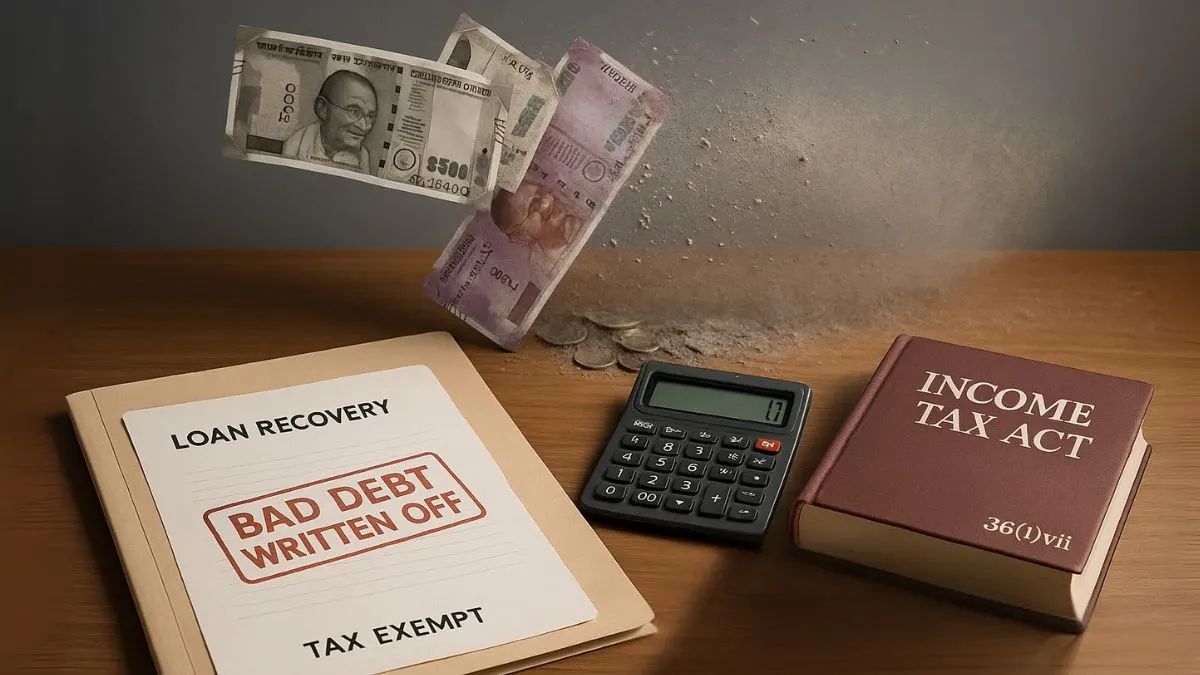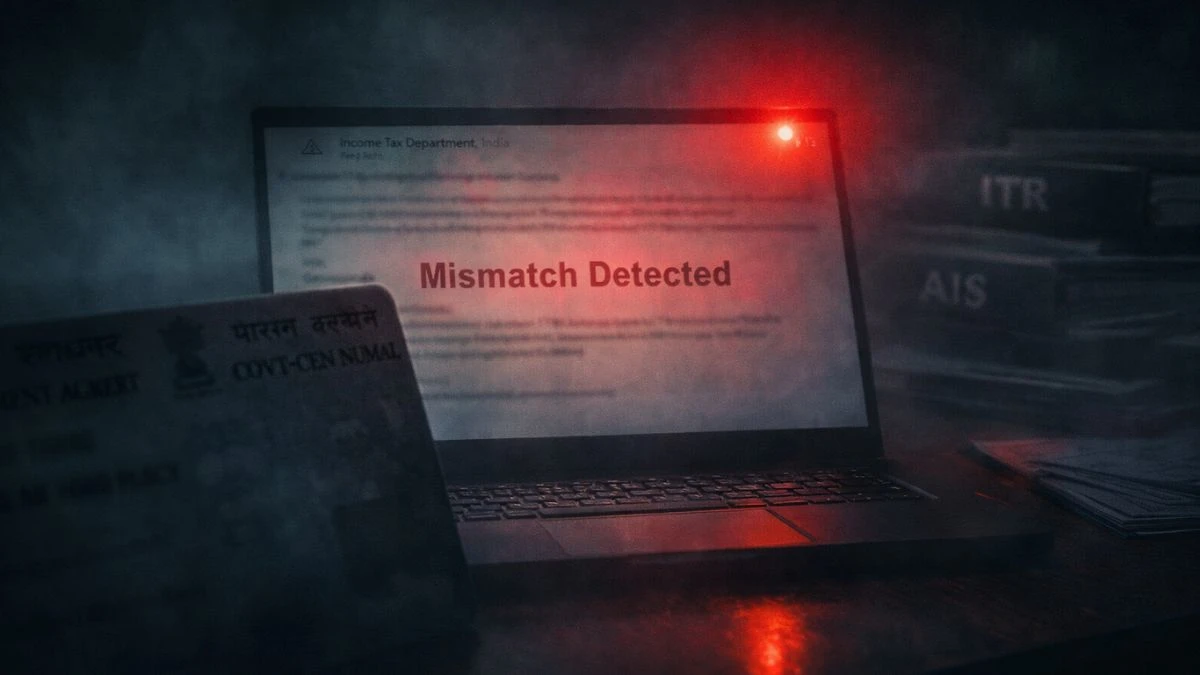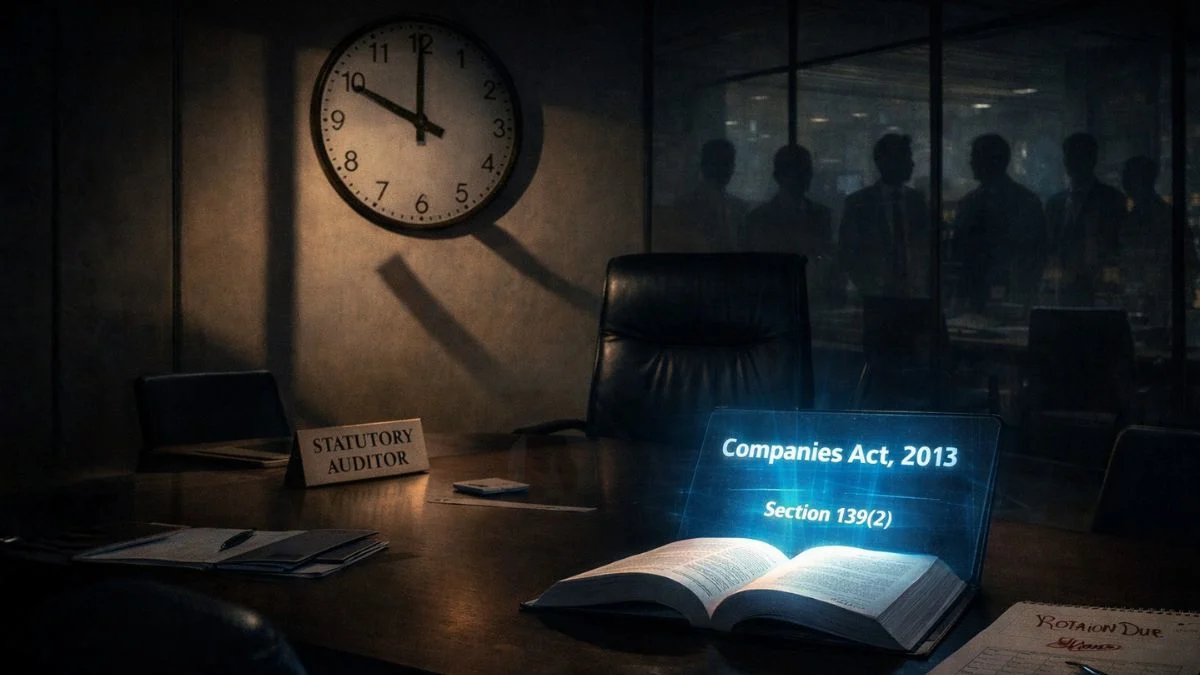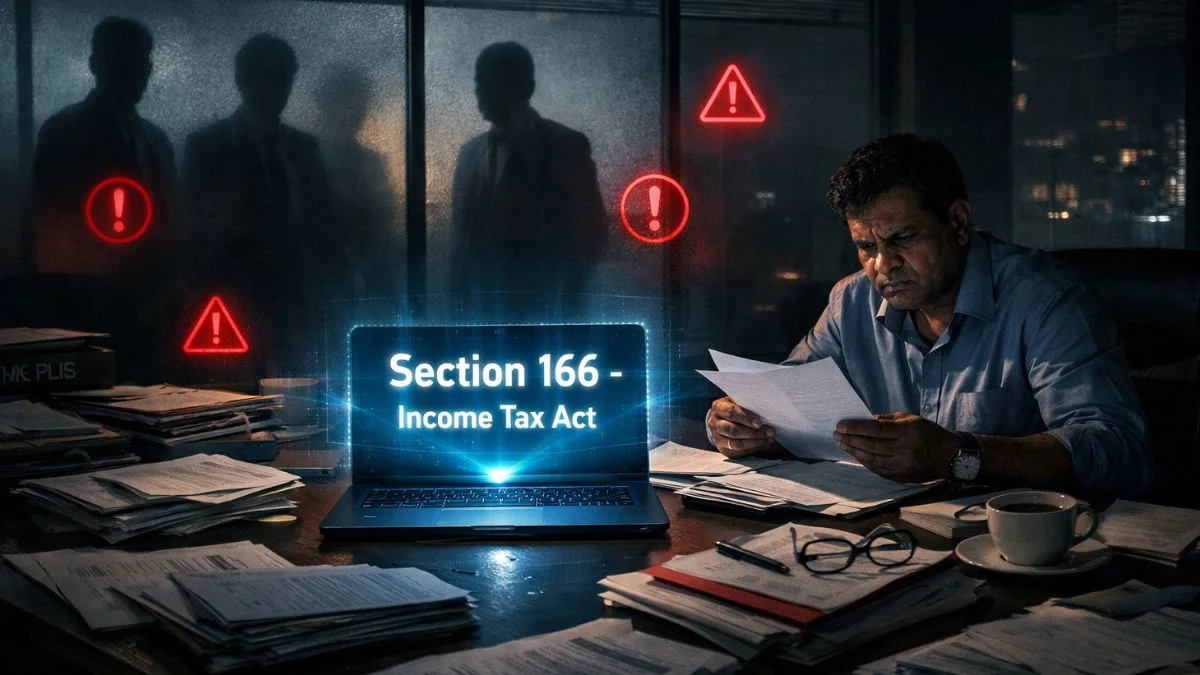
Running a business is never free from risks. Among the biggest challenges that entrepreneurs and companies face is dealing with bad debts—money owed by customers or clients that ultimately becomes irrecoverable. To address this practical problem, the Indian government introduced a mechanism under the Income Tax Act to give tax relief.
This relief comes through Section 36(1)(vii) of the Income Tax Act. It specifically allows businesses to claim deductions for bad debts written off in their accounts. By doing so, the law ensures that genuine financial losses are recognized & businesses are not unfairly taxed on income that will never be realized.
In this article, we will explore Section 36(1)(vii) in detail—its provisions, conditions, case laws, and practical application for businesses.
What is Section 36(1)(vii) of the Income Tax Act?
Section 36(1)(vii) provides that any bad debt or part thereof which is written off as irrecoverable in the books of accounts of the assessee for the previous year can be claimed as a deduction while computing business income.
This means that if a business sells goods on credit & the customer defaults, the unpaid amount can be treated as a bad debt. Once the business officially writes it off in its books, the same amount can be deducted from its taxable income.
Key point: The deduction is available only when the debt is actually written off, not merely provisioned for.
Bad debts don’t just hurt your cash flow — they can trigger red flags in scrutiny if mishandled. Our experts have helped 300 businesses navigate this rule. Should we look at yours?Click here
Conditions for Claiming Bad Debt Deduction
For a taxpayer to claim deduction under Section 36(1)(vii), the following conditions must be satisfied:
- Debt should be related to business or profession – It cannot be personal in nature.
- Debt must have been included in income earlier – The amount should have been accounted as income in earlier years.
- Debt must be written off in books – Actual write-off is mandatory; mere provision will not suffice.
- Irrecoverability must be proven – The assessee should establish that recovery is impossible.
Example:
If a business sells goods worth ₹10 lakh to a customer and includes it in turnover, but later only ₹7 lakh is received and the balance ₹3 lakh becomes irrecoverable, the business can write off ₹3 lakh as bad debts written off & claim deduction under Section 36(1)(vii).
Also Read: The Hidden Deduction Shield for Banks on Bad Loans
Important Clarification by Supreme Court
In the landmark case of TRF Ltd vs CIT (2010), the Supreme Court ruled that after April 1, 1989, it is not necessary for the assessee to prove that the debt has become bad. It is enough if the assessee writes off the debt in its accounts as irrecoverable.
This ruling simplified the process for businesses, reducing unnecessary litigation with tax authorities."
Link with Section 36(1)(viia)
While Section 36(1)(vii) deals with bad debts written off, Section 36(1)(viia) deals with provision for bad & doubtful debts, specifically for banks and financial institutions.
For ordinary businesses, only actual write-off is allowed. But for banks, both provision & write-off may be permitted subject to limits.
Other Expenses Allowed Under Section 36
Apart from bad debts, Section 36 covers various expenses that are allowed as a deduction, such as:
- Insurance premium paid for stocks or assets.
- Repairs & maintenance of plant, machinery, or business premises.
- Employer contributions to employee welfare funds.
- Expenditure on scientific research.
This makes Section 36 an important provision that provides comprehensive deductions to ensure fair taxation.
Every business has bad debts, but only the smart ones turn them into a tax advantage. Want to know the shortcut they use?Click here
Practical Scenarios
Case 1: Small Business Owner
A trader in Jaipur sells goods worth ₹5 lakh to a retailer. The retailer shuts shop & disappears, leaving ₹2 lakh unpaid. The trader writes it off in accounts. Deduction under Section 36(1)(vii) is available.
Case 2: Corporate Company
A large company provides services worth ₹50 lakh. One client defaults on ₹8 lakh. Since the amount was part of turnover earlier, and is now written off, it qualifies as a deduction.
Case 3: Bank or NBFC
In addition to actual bad debts, they can also claim provisions for doubtful debts under Section 36(1)(viia).
Also Read: Deductible Expenses for Businesses and Professionals
Common Issues in Claiming Bad Debt Deduction
- Doubt over genuineness – Tax officers may question if the debt is really irrecoverable.
- Failure to write off – Businesses sometimes forget to pass accounting entries.
- Claiming provision instead of write-off – Provisions are not allowed under this section (except for banks under 36(1)(viia)).
- Personal loans given – Non-business debts cannot be written off.
Case Laws and Judicial Precedents
- TRF Ltd vs CIT (Supreme Court, 2010) – Mere write-off is enough.
- CIT vs Star Chemicals (Bombay HC, 2009) – Bad debts of sister concerns not allowed unless genuine business connection.
- CIT vs Morgan Securities (Delhi HC, 2007) – Deduction allowed even if recovery efforts are not fully proven, once write-off is done.
Why Section 36(1)(vii) Matters for Businesses
- Provides tax relief in tough times.
- Encourages honest reporting of irrecoverable debts."
- Protects businesses from paying tax on non-existent income.
- Ensures fairness in taxation & smoother financial planning.
FAQs
Q1. Can individuals claim bad debt deduction?
Only if the loan/debt is linked to their business or profession. Personal loans are not covered.
Q2. Can advance payments be claimed as bad debts?
Only if it is linked to business transactions & included in income earlier.
Q3. Is partial write-off allowed?
Yes, even part of a debt can be written off if only that portion is irrecoverable.
Also Read: Interest on Borrowed Capital
Conclusion
Section 36(1)(vii) of the Income Tax Act is a crucial provision for businesses, as it recognizes bad debts written off as a legitimate deduction. By allowing companies & professionals to claim such deductions, the law ensures fair taxation and provides much-needed relief during financial stress. Along with this, the Income Tax Act allows businesses to claim deductions for expenses incurred in the maintenance and repair of their operations, making Section 36 a vital part of business tax planning.
👉 Want to maximize your tax benefits & avoid mistakes while writing off bad debts? At Callmyca.com, our expert Chartered Accountants can guide you with practical tax strategies & compliance solutions. Don’t let bad debts hurt your business twice—get professional help today!











